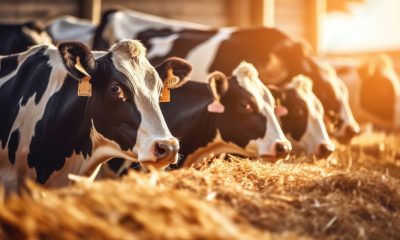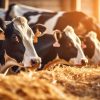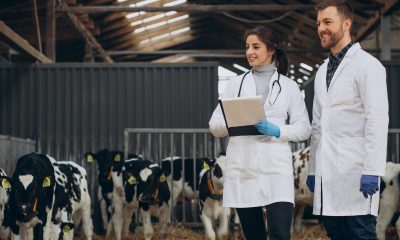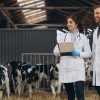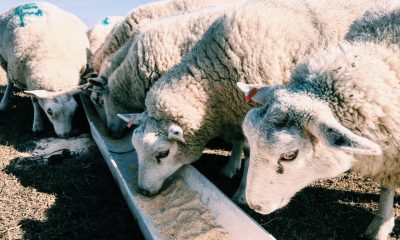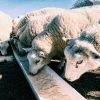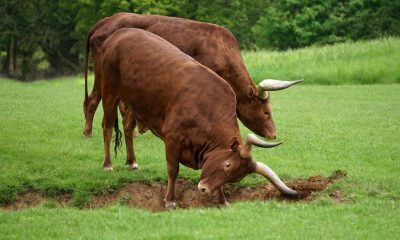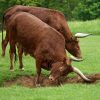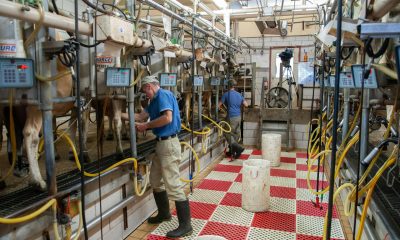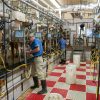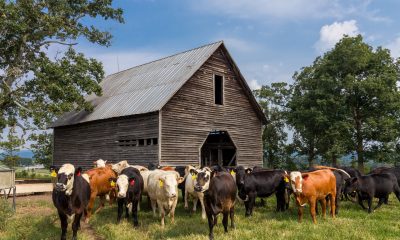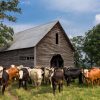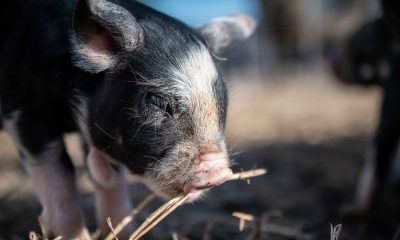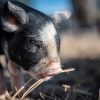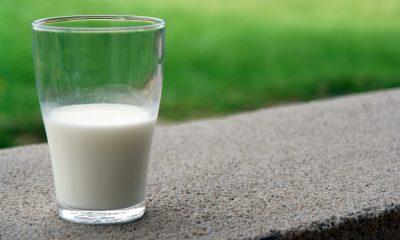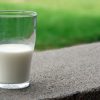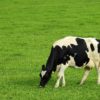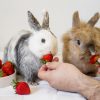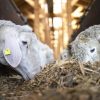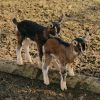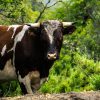High Heat Temperature has a significant impact on Cattle. So it is crucial to managing the heat. The first step is to recognize whether they are in heat and if yes check the factors or, relatively, the sources. The Temperature has been increasing and decreasing; it also affects the cattle’s body temperature. The Cow’s metabolism rate should also be taken into consideration. Mostly the heat is in the early and late afternoon. Thus, certain precautions must be taken in the environment of the cattle farm. Feed intake, cow body temperature, maintenance needs, feed efficiency, milk supply, and reproductive effectiveness are all negatively and indirectly impacted by heat stress.
The following are specific measures in the management of heat stress in cattle.
Provide Shade: Cattle should be shifted to more excellent areas, such as a natural shade. A shade made of hews and the floor can be tiled with cow dung to provide coolness. It helps the cows to stay warmer, and it should be surrounded by trees and filled with pastures, open areas where there is a good breeze etc. There should be enough space for the cattle to move, not in some congested areas. The stocks also should be kept in the shade and mostly in corner places.
Adequate water supply: Due to the fall and rise in temperature, there is a chance the cattle can be dehydrated, so it is vital to have a good amount of water supply. Cows should have access to water whenever they require it. Provide additional water as well and keep them as much as hydrated as possible. Exposure to the factors mentioned above and a rectal temperature of more than 42°C can be used to diagnose heat stroke. Cooling them is necessary, so enough water intake is required.
Heat Stress affects Reproduction: The ability to reproduce can suffer in dairy cows with elevated core body temperatures (CBT) brought on by heat stress. A 1.8 °F (1 °C) rise in rectal Temperature that happens 12 Post-insemination pregnancy rates dropped by 16%.Long-term heat stress causes deleterious reproduction by lengthening the estrous cycle and shortening the estrus period. Furthermore, fetal growth has been significantly impacted by reduced uterine blood flow and the placenta’s inability to provide the mother with nutrients adequately. So Every nutrient consumption is required for the expectant mother.
Proper ventilation: Install Roofs which are not that hot. It should be made such that the cattle should not feel that much heat. Roof lights can increase a building’s inside Temperature, especially when numerous ones are installed on south-facing structures, although they help cut lighting expenses. The simple solution is to place more units on the north-facing side of the new construction while minimizing the number on the south-facing elevation. Equipping fans can also be done because of extreme humidity.
Cattle feed should be increased: In case of heat, cattle should be fed properly. Provide good fibre in the diet of livestock. There should be good quality forage. Diet changes are required to maintain nutritional intake and boost dietary nutrient density during hot weather. The rivalry between nutrient density and other needs for the Cow, such as energy density and enough dietary fibre, makes it challenging to formulate adequate nutrient intake. Lower DMI in hot temperatures decreases the number of nutrients accessible for absorption, and absorbed nutrients are utilized less effectively. Night grazing should be more encouraged.
Milk Production: Compared to dry cows, high-yielding cows are more susceptible to heat stress. When a cow is under heat stress, she consumes less dry matter, which lowers the availability of nutrients needed for milk production. Mild to severe heat stress can raise the need for metabolic maintenance by 7 to 25%, reducing nutrient availability for production.
Conclusion
Dairy Managers must be aware of the signs, keep a lookout for cattle, and take proactive measures to manage their systems to minimize possible issues with animal welfare. The welfare and productivity of the dairy herd will be improved by modifying the facilities and management to adjust to the changing climate. The ability of dairy animals to reproduce and produce can be hampered by heat stress. Therefore, the cattle should be adequately monitored, make sure they suffer less and manage with proper care if they are going through heat stress, taking the necessary precaution of heat stress.


